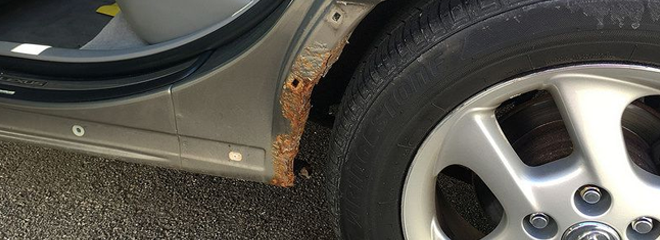We cannot expect every person to have maintained their car with the best rust-proofing materials. Also, once it is formed, it is difficult to stop rust from spreading. Therefore, checking for rust is one of the most important parts of buying a used car. But it is not an easy task even if it has already started to cause problems underneath.
Unfortunately, rust doesn’t depend on the age of the car. But there’s a high chance for the older cars which were made before the use of rustproofing products became widespread to have rusting issues more than the modern cars. Also, rusting depends on the geographic condition of the area in which the car is used. Rust problems are more common in humid climates and in areas where road crews use salt to keep ice off the streets during the winter.
So how do you check to make sure your prospective car isn’t saddled with rust problems? Follow the instructions given below:
- Rust affects the underside of the car where all important parts of the vehicle are present. Have the car up on a lift and poke around the bottom to see if there is any rust present there. Any components made of steel or any other metal are commonly rusted.
- Pull the carpets in the trunk and check for rust.
- Inspect the doors inside and out, especially the areas surrounding the windshield and rear glass.
- Any paint bubbling seen on the surface of the car is an early indicator of rust.
These are the things to consider before signing the papers to avoid any rusting problems in the future.

